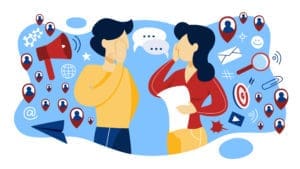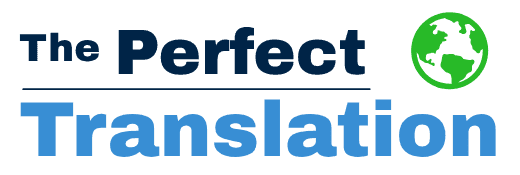 The Internet has removed many barriers between countries, and one impact is the increase of international purchases. Insider Intelligence reported nearly 30% growth in 2020 and forecasts another 14.3% in global e-commerce growth in 2021. To understand the size of this market, it’s roughly $611 billion in sales.
The Internet has removed many barriers between countries, and one impact is the increase of international purchases. Insider Intelligence reported nearly 30% growth in 2020 and forecasts another 14.3% in global e-commerce growth in 2021. To understand the size of this market, it’s roughly $611 billion in sales.
If your company serves customers internationally, communicating about your products and services in multiple languages is serious business. CSA Research conducted a survey in 2014 investigating how language translation impacts e-commerce growth and customer experience on the web. They found 60% of consumers would rarely or never buy from websites not in their native language.
It may be tempting to subscribe to an automated online translation service to reproduce a website in multiple languages and convert promotional messages for delivery to potential customers in many countries. However, converting marketing content from one language to another is complex, as it not only needs to make linguistic sense, but it must also appeal to customers with varying cultural norms.
Successful international marketers use three techniques when translating marketing content for audiences in multiple countries:
- First, basic translation converts the words from one language to the next. Many words will likely translate sufficiently enough to get an overall gist for understanding in the target language. Yet consider the difficulties a home supply store could have in an advertisement for a simple toilet. A basic translation could describe it as “el inodoro,” while in some parts of Mexico, the fixture is referred to as “el retrete,” and a detailed description of a toilet bowl is “la taza.” Picking the wrong word may make the customer feel the company is not in touch with their culture and devalue the product.
- Localization goes beyond basic translation to adapt the overall content and message to a specific locale. In the example of a home supply store, localization would not only make sure the correct form of “el inodoro” versus “el retrete” is used but that the overall message makes sense. Localization will add or remove idioms common to the culture to ensure the communication connects well with the recipients and addresses other common religious, regional, or cultural norms.
- The most sophisticated and perhaps most important type of translation is transcreation. With transcreation, the overall theme and message of the material are transformed to meet the needs of the target culture. When transcreation is used, cultural experts work with company management and translators to create a message that meets the client’s vision but in ways that may look very different. For example, a home supply store promoting luxurious, relaxing, self-care as a way to encourage bathroom renovations and sell product in the U.S. might be recreated to promote efficient water use and low utility costs as a way to achieve peace of mind in a country where resource concerns are more significant than needs for personal enjoyment.
Translation Technique Summary
- Basic Translation – Word-for-word replacement from the source language to the target language.
- Localization – Converting the same message to a target language so that it respects cultural differences, uses words specific to regionality, and uses phrases and idioms that make sense in the target country.
- Transcreation – Altering a message from the source language to a new message that creates the same result but achieves that with entirely new communications that are more relevant to the target country.
For accurate translations in business, contact the professionals at The Perfect Translation.
Our translators aren’t just fluent in multiple languages–they understand your business and will provide you with the most accurate translations for your specific needs. If you’re expanding your e-commerce store internationally, our team at The Perfect Translation will work with you to determine the best solutions for translating marketing content. We provide certified and notarized translation services for all types of documents associated with industries such as immigration, business, real estate, financial, academic, legal, and medical. Contact us today for a free quote!

Leave a Reply